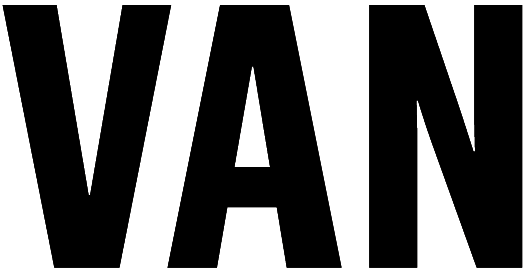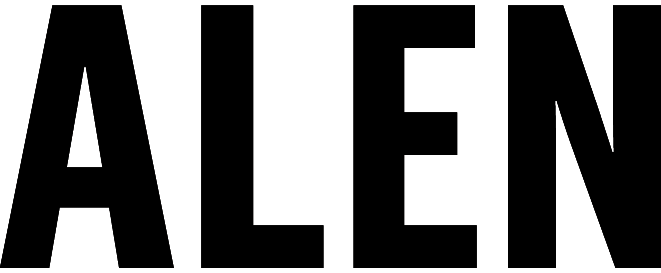Neighborhoods Now: Forward
July 13, 2022
From night markets to neighborhood vision plans, citywide updates from our second cycle of Neighborhoods Now.
In response to the COVID-19 pandemic, in Spring 2020 the Urban Design Forum and Van Alen Institute tapped into our collective network of architects, designers and engineers. By building interdisciplinary partnerships, Neighborhoods Now has supported local organizations leading their communities’ recovery.
This year, we’re continuing this work, transitioning from rapid, tactical responses to long-term recovery strategies on a wider scale. Eight community partners and 28 interdisciplinary firms are enlivening and program public space, provide technical support to small businesses, and strengthen cultural activities. Scroll down to learn about each team’s progress and see documentation of their work by our Neighborhoods Now Storyteller, filmmaker Kate Levy.
Neighborhoods Now is made possible through a grant from Wells Fargo’s Open for Business Fund.
Chinatown, Manhattan
Led by Think!Chinatown with Asian Americans for Equality, the Chinatown team is expanding the Chinatown Night Market — launched at Forsyth Plaza in 2021 with support of Neighborhoods Now. Taking place monthly from June to October 2022, the Chinatown Night Market has physically expanded, now spanning Forsyth Plaza and the sidewalk below. With a new layout and design by di Domenico + Partners, lighting support from Buro Happold, an eye-catching lantern installation by Leroy Street Studio, legal and logistics support from Fried Frank, and evaluation support from Gehl, the market now accommodates a wider array of local food and arts vendors.
Graphic design studio The Working Assembly has also joined the Chinatown team this year, and is collaborating with Think!Chinatown on a new graphic identity for the market. The branding incorporates a constellation representing the night sky above Forsyth Plaza, and a gradient reminiscent of the glow of the night market itself. Place-based illustrations reflect specific sites within the Chinatown community, and are customized to highlight the market’s participants. The new branding appears on event signage, vendor banners, promotional materials, and social media graphics, and the team is exploring other merchandising opportunities for the future.
The Chinatown team is also transforming a vacant storefront at 1 Pike Street into a cultural workshop space for Think!Chinatown’s ongoing public programming, gathering, and organizing work for the Chinatown community.
Jackson Heights, Queens
The Jackson Heights team, led by the 82nd Street Partnership, is creating a roadmap for the 82nd Street commercial corridor to rebuild from the pandemic. Jackson Heights’ Dunningham Triangle is at the center of this goal, envisioned as a safer, welcoming space for children and families that encourages foot traffic to nearby small businesses. To address concerns about safety in the neighborhood, the Partnership has begun by organizing family-friendly activities at the triangle, including Zumba classes, salsa lessons, and lunchtime musical performances. With these activities, they have already observed more women, elderly residents, and children coming back to this public space.
The team is also developing several design solutions to further encourage use of the public realm, including a shade structure conceived by nARCHITECTS in an earlier phase of Neighborhoods Now. N H D M is currently surveying residents about better uses for the neighborhood’s Manuel de Dios Unanue Triangle, and collaborating with beloved bookstore Librería Barco de Papel on ways to extend their programming outdoors. SO-IL is developing a set of modular furniture that can be reconfigured for diverse community activities in public spaces, and graphic design studio MA’AM is creating a new brand identity for the 82nd St Partnership and its flagship event, the Viva La Comida festival.
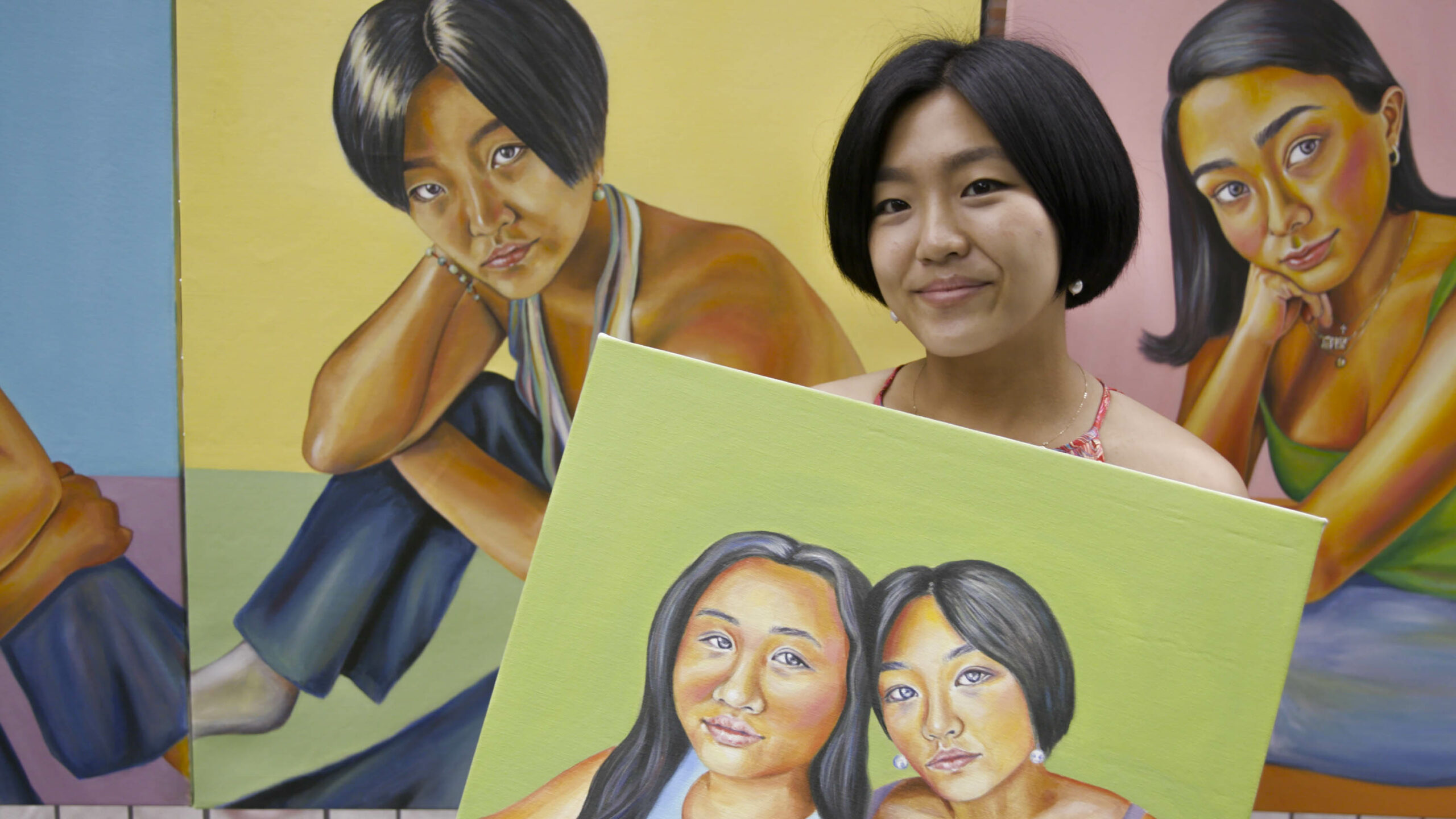
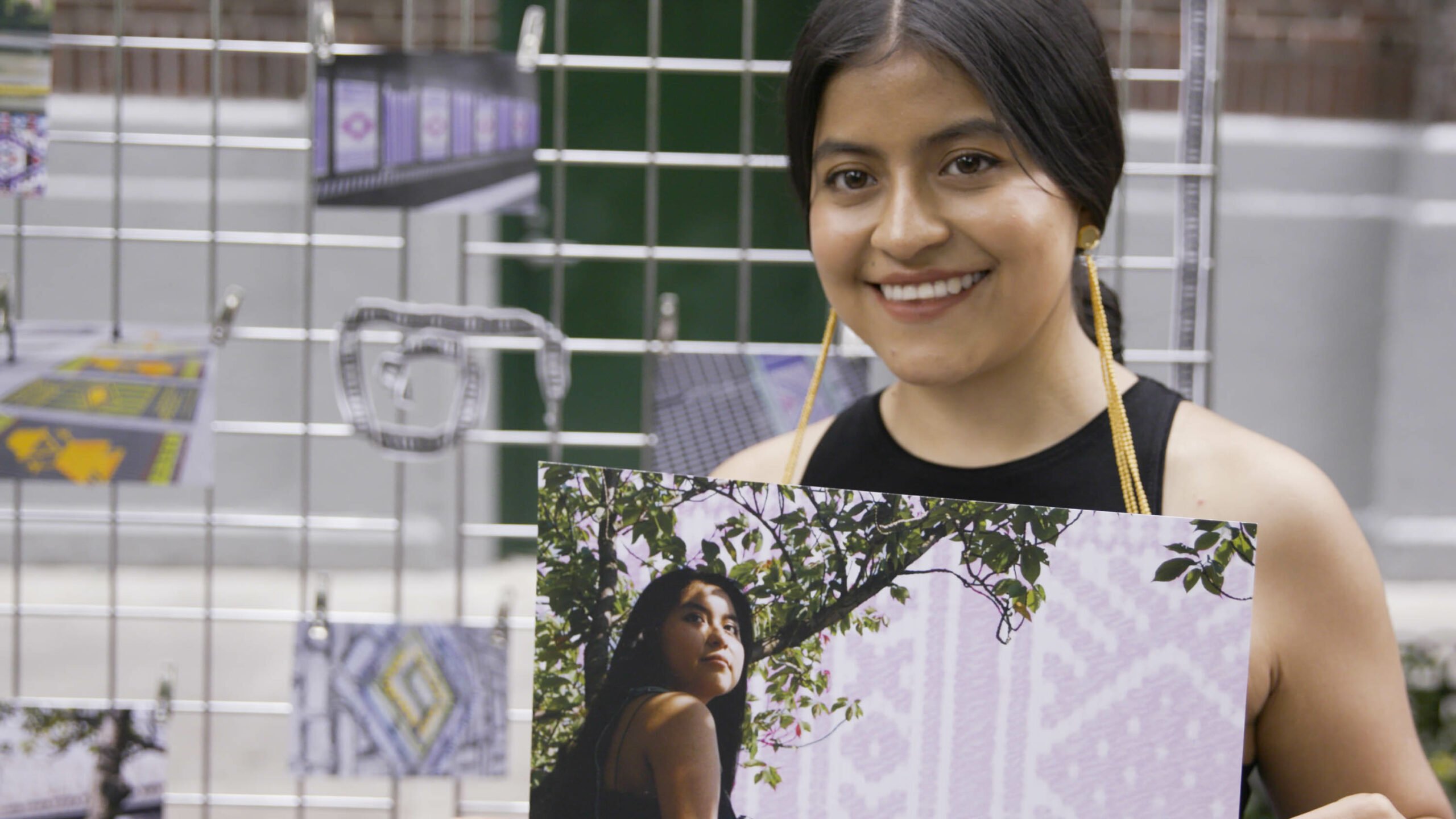
Lower East Side, Manhattan
Having completed FABnyc’s 20/20 Vision Plan through Neighborhoods Now, the Lower East Side team aims to strengthen existing and new sites for cultural activity. This year, they’re building on existing Open Streets programming, expanding the Open Arts Lower East Side event to build sustainability, and creating long-term strategic plans for new sites and platforms.
To these ends, the team is supporting FABnyc’s outdoor arts programming. DLR Group is developing the “Casita,” a multi-purpose kiosk that will store event supplies, serve as a community information hub, and expand with the use of canopies to host programs. Smart Design is creating the “FABmobile,” a functional art project designed with FABnyc’s pop-up activations at the neighborhood’s NYCHA developments in mind. With electric cargo capabilities, this mobile kiosk will transport supplies to host events around the Lower East Side. Graphic design firm Pentagram is also developing a visual identity for FABnyc’s public space programs.
The team’s work is rounded out by Marvel’s community engagement campaigns to raise awareness about FABnyc’s resources, such as a call for artists for an NEA-funded installation to tell Black histories in the Lower East Side. They also recently collaborated with M’Finda Kalunga Community Garden on a Juneteenth event which gathered community feedback about memorializing the park’s namesake, a nearby African burial ground.
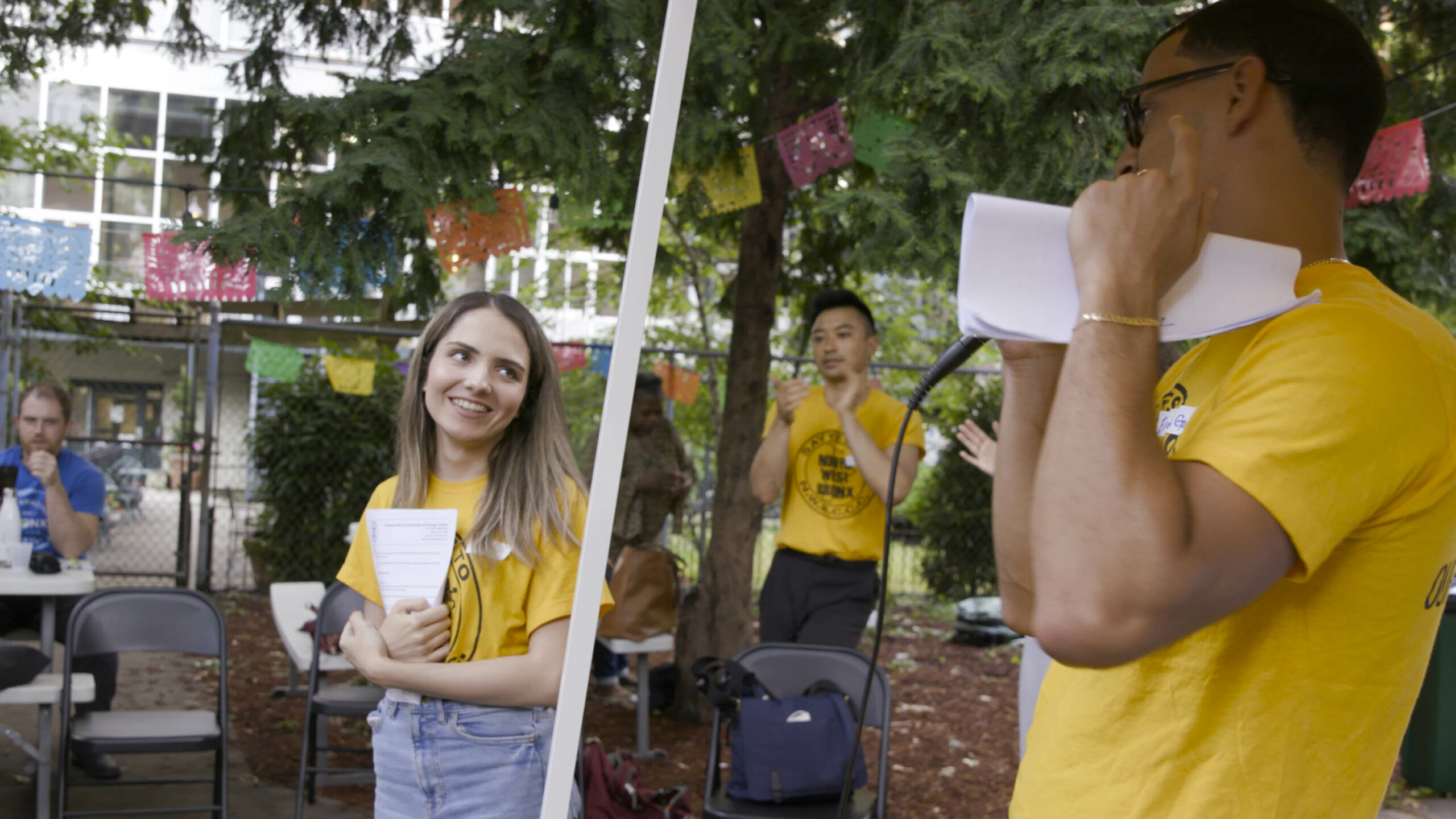
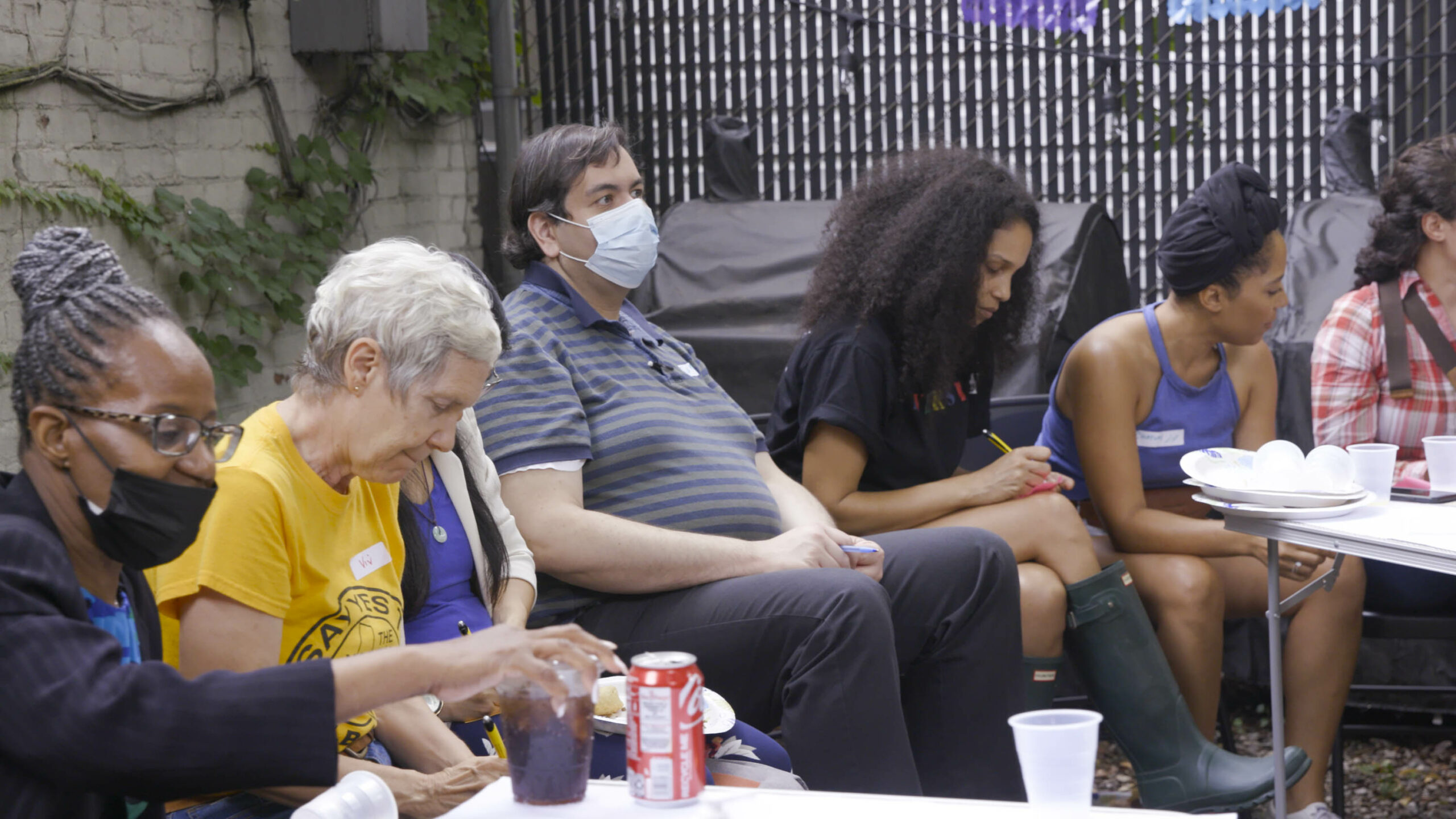
Kingsbridge, Bronx
The Kingsbridge team, led by the Northwest Bronx Community and Clergy Coalition (NWBCCC), is completing a neighborhood assessment to understand the current challenges and long-term opportunities for small businesses and tenants along Kingsbridge Avenue & Jerome Avenue. As part of the assessment, Dattner Architects and Scalar Architecture recently joined NWBCCC to conduct a community survey, interviewing business owners, homeowners, renters, and youth about how they use the Kingsbridge commercial corridor and how the long-vacant Kingsbridge Armory could serve their needs. The assessment will lead into an action plan to support the community and avoid displacement, centering the community at each phase of the process.
The team is also exploring design interventions for the site of a sinkhole just outside of the Kingsbridge Armory, which is a major safety concern for residents and a magnet for littering. These designs can serve as a hub for updates on the Armory’s redevelopment, sharing stories from residents, and opportunities for the community to participate in the site’s cleanup and decoration.
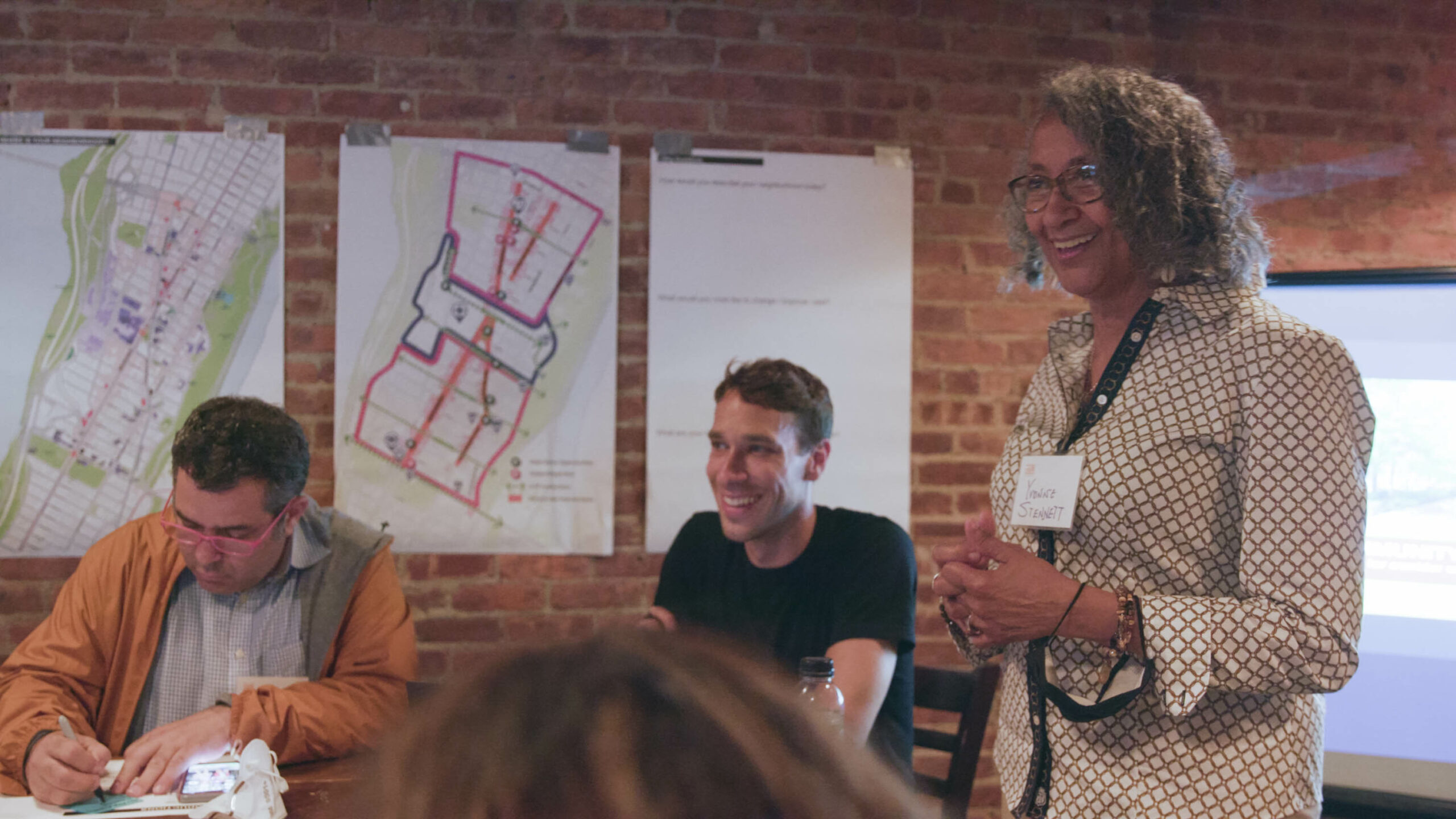
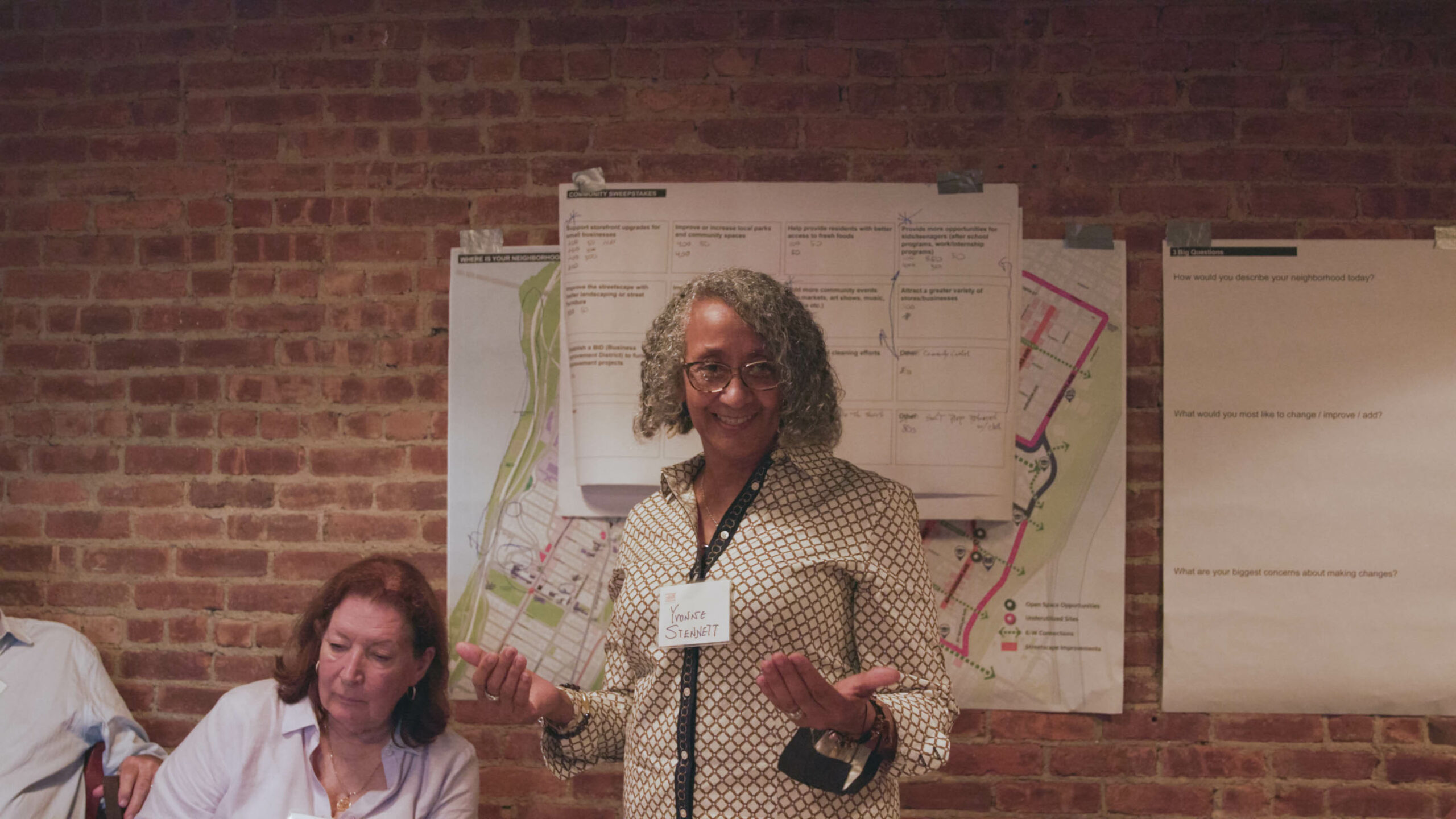
Washington Heights, Manhattan
The Washington Heights team, led by CLOTH with Beyer Blinder Belle, BJH Advisors, HLW, and Cause + Matter Design Studio, is creating a vision plan for the neighborhood’s public realm. This plan will include a business database, retail storefront design prototypes, and design concepts for key public spaces. The team is also developing a set of strategies for improving open spaces. signage and wayfinding, public sculpture, streetscape improvements, and pop-up markets.
As a foundation for this vision plan, they recently completed a needs assessment of local businesses that includes a business and vacancy inventory, an analysis of community demographics, and a streetscape survey that considers the locations that serve as gateways to the community. In addition to these surveys, the team has hosted community engagement and visioning sessions to learn more about specific needs of small business owners and how residents view their community.
Bed-Stuy, Brooklyn
In Bed-Stuy, our Bed-Stuy Gateway BID team is building on Winter Wonderland, an open-air holiday market supporting local small businesses launched through Neighborhoods Now. After two successful pilot markets in 2020 and 2021 designed by Moody Nolan, the BID is turning this event into a hallmark of holiday activities in Central Brooklyn that strengthens Bed-Stuy’s social cohesion.
This year, the team is expanding the market through new space planning, more cohesive event advertising and branding, and additional small businesses outreach. Through a process of design charrettes, Moody Nolan and Dash Marshall are exploring new elements such as semi-permanent structures and interactive and immersive experiences that will “bring the wonder” to Winter Wonderland, taking place this holiday season at the intersection of Fulton Street and Marcy Avenue.
Graphic design studio Gretel has joined the team to create new branding for Winter Wonderland with the goal of “transporting” visitors into the holiday spirit. They’re collaborating closely with the BID on a design that speaks to the Bed-Stuy community and will help put Winter Wonderland on the map among NYC’s other established holiday programming and events.
Also in Bed-Stuy, our Bedford Stuyvesant Restoration Corporation team is supporting the Brooklyn Business Center (BBC) at Restoration, which helps small businesses to start, grow, and scale. Graphic design studio ThoughtMatter has joined the Restoration team to create a campaign to spread the word about the Brooklyn Business Center’s resources, which include an accounting team and accounting education for local businesses.
Farzana Gandhi Design Studio, James Corner Field Operations, and KPF are also collaborating with BBC to create a “Backyard Tourism” initiative, with the goals of increasing foot traffic to local businesses and celebrating the arts and culture of the neighborhood. Responding to needs raised in community engagement meetings held in 2021, this initiative will include a website, printed maps, and wayfinding markers that celebrate Bed-Stuy’s artists, food, green streets, history, music, and stories. The team is currently reaching out to local organizations, activists, block associations, and others to curate a selection of suggested stops and routes throughout the neighborhood.
Stay tuned for more Neighborhoods Now updates, and follow us on Instagram and subscribe to our newsletter for the latest.
